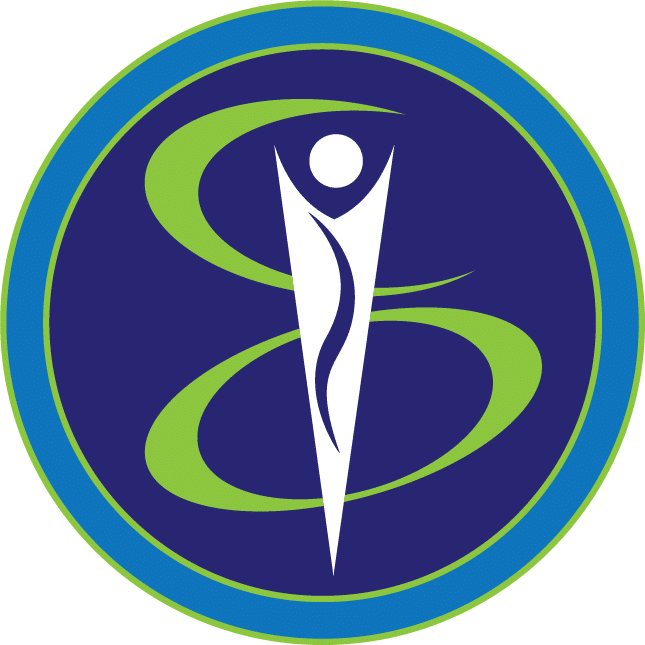While often corrected through non-surgical treatment options, severe congenital abnormalities, or deformities, may require surgical treatment to achieve proper realignment. Patients suffering from severe bowlegs or knock-knees will often benefit most from guided growth surgery or leg lengthening procedures.
At Children’s Orthopaedic, our goal is to treat your children as if they were our own children. That means providing compassionate care throughout your entire time with us and expert-guided treatment options. Dr. Daniel Bland, our specialist in the treatment of bowlegs, knock-knees, and limb length inequality, is a board certified orthopaedic surgeon with specialized training in the treatment of pediatric orthopaedic conditions. Our team also includes Dr. Paul Benfanti and Dr. Lee Phillips, who completed a fellowship at Scottish Rite in Dallas for Limb Deformity.
At skeletal maturity, the bones in the legs are typically equal in length and align correctly from the hips to ankles. However, congenital abnormalities, infection, injury, or other developmental problems can cause limbs to grow out of alignment. This malalignment may result in deformities of the legs such as bowlegs (genu varum), knock-knees (genu valgum), or limb length discrepancies.
Learn more about the causes and symptoms of bowlegs and knock-knees »
During corrective surgery, the pediatric orthopaedic surgeon will use either traditional osteotomies or hemi-epiphysiodesis. Traditional osteotomies are more complex procedures that involve cutting the bone, adding or removing a wedge of bone (depending on the type of deformity), and realigning the bone to address limb length inequality or imbalance. The realigned bone is then fixed with pins, a rod, or with a plate and screw combination.
While the traditional osteotomy approach is effective, the hemi-epiphysiodesis is the preferred is preferred for limb length discrepancies because it is a much less invasive surgical method for correcting angular deformities and allows the surgeon to address multiple deformities during the same procedure.
Hemi-epiphysiodesis surgery (in which a guided growth plate is used) is performed under anesthesia and generally takes about an hour. During the procedure, the surgeon will make a 1 inch incision at the growth plate, through which a titanium plate is secured to the bone with two small titanium screws. For knock-knees, the device is placed on the medial side of the bone. For bowlegs, the plate is placed on the lateral side of the bone. Since the bones are never cut during the hemi-epiphysiodesis procedure, there is less neurovascular risk, decreased instability, and a shorter duration of healing.
Guided growth” is a unique technique that uses a figure-eight shaped device about the size of a paper clip that allows gradual correction of the limb length deformity. Common devices utilized include the Eight-Plate and the Peanut Plate. The screws attaching the plate to the bone diverge like a hinge, increasing the compression on the growth plate. This pressure causes the growth plate to grow more slowly. By using this technology, we can cause angular correction of the leg or slow the growth of a leg that is longer. Also, when we have the desired correction, which is monitored closely after surgery, we can remove the device, which allows the growth plate to return to equal growth.
Have more questions about Guided Growth Surgery? Read our FAQ page »
Casting is not required after hemi-epiphysiodesis surgery using a guided growth device; however, immediate weight bearing is encouraged. Depending on comfort level and physician recommendations, the majority of children who undergo guided growth plate surgery should be able to return to many of their normal activities 3 to 4 weeks when the incision is fully healed.
As with any surgical procedure, pain is to be expected but should decrease during the first 2 weeks after surgery, and is normally completely gone 4 weeks after surgery. Upon physician approval, participation in school physical education programs or sports can be resumed. For approximately 3 months after surgery, regular appointments with the surgeon are typically required. Once the limb length or angular deformity is corrected, the surgeon will remove the device in an out-patient surgery setting.
Our team treating limb length discrepancies includes board-certified and fellowship-trained pediatric orthopaedic surgeons Dr. Daniel Bland and Dr. Lee Phillips. We offer surgical procedures like guided growth surgery, as well as other treatment options for bow legs, knock knees, and other limb length discrepancies. To learn more about Children’s Orthopaedic and Scoliosis Surgery Associates’ specialties, schedule an appointment at one of our Tampa Area locations.
